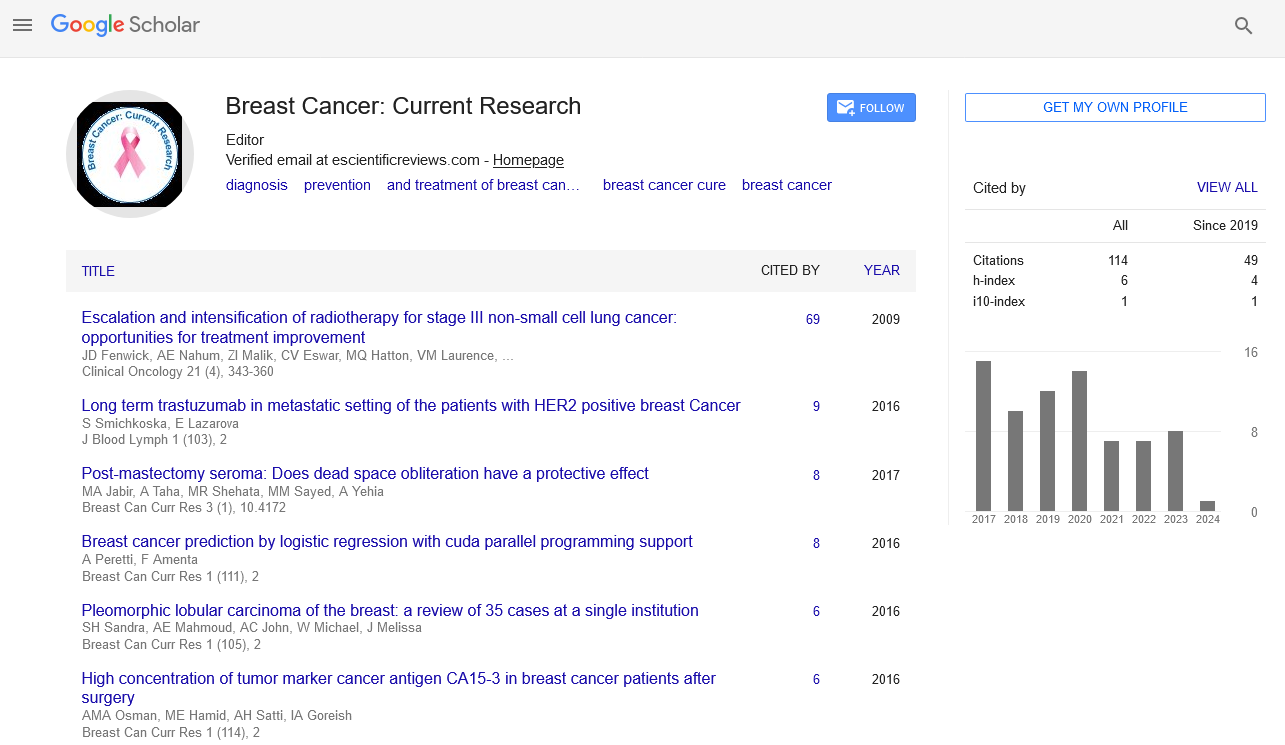Research Article
Phytoextraction: Using Brassica as a Hyper Accumulator
| Selvaraj K1*, Sevugaperumal R2 and Ramasubramanian V2 | |
| 1Department of Botany, Sri S Ramasamy Naidu Memorial College (Autonomous), Sattur – 626 203, Tamil Nadu, India | |
| 2Department of Botany, Ayya Nadar Janaki Ammal College (Autonomous), Sivakasi – 626 124 Virudhunagar District, Tamil Nadu, India | |
| Corresponding Author : | Selvaraj K Department of Botany Sri S Ramasamy Naidu Memorial College (Autonomous) Sattur – 626 203, Tamilnadu, India Tel: +91 9789240653 E-mail: kselvarajphd@gmail.com |
| Received: June 26, 2015; Accepted: July 15, 2015; Published: July 22, 2015 | |
| Citation: Selvaraj K, Sevugaperumal R, Ramasubramanian V (2015) Phytoextraction: Using Brassica as a Hyper Accumulator. Biochem Physiol 4:172.doi:10.4172/2168-9652.1000172 | |
| Copyright: © 2015 Selvaraj K, et al. This is an open-access article distributed under the terms of the Creative Commons Attribution License, which permits unrestricted use, distribution, and reproduction in any medium, provided the original author and source are credited. | |
| Related article at Pubmed, Scholar Google | |
Abstract
Phytoextraction is a cost-effective method that could be an alternative to remediate polluted sites. Growth performance, biochemical, enzymatic activity, accumulation, translocation and mobility of arsenic form soil to root and leaves were studied in co-cultivated hyper accumulator (Brassica juncea) and hypo accumulator (Abelmuscus esculentus) at various levels of arsenic. B.juncea accumulated fourfold and fivefold arsenic in roots, shoots and leaves, respectively than Abelmuscus esculentus L. A. esculentus seedlings when cultivated alone were seen sensitive to arsenic with decrease growth, poor values of accumulation factor, translocation factor and mobility of metal. But the same plant when cocultivated with Brassica juncea there is no toxicity symptoms and reduction of growth, values of Accumulation factor, translocation factor and mobility of metal. This is well understand that Brassica juncea showing higher accumulation of nickel, more translocation of arsenic from root to shoot and good mobility of arsenic was increased form level 1 to level 3, It was revealed that the accumulation of arsenic was more in root and shoot of B. juncea than A. esculentus. It is inferred from the present study that A. esculentus is a hypo accumulator and is sensitive to arsenic. When co-cultivated with Brassica juncea showing less of metal toxicity because Brassica juncea being hyper accumulator of arsenic, accumulate more metal and save Abelmuscus esculentus.

 Spanish
Spanish  Chinese
Chinese  Russian
Russian  German
German  French
French  Japanese
Japanese  Portuguese
Portuguese  Hindi
Hindi 